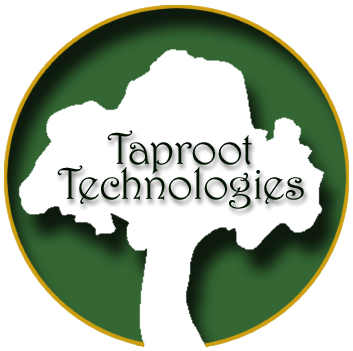Proposal: To establish a system by which free elections are guaranteed.
The Problem
Widespread voter fraud has been allegedly going on in the US for decades, with many reports of hundreds of individuals being bussed from one precinct to another, using phony ids to vote over and over again in the same election. At the same time, there have been reports of dishonest voting machines, improperly counting votes.
How do we counter this? I believe I have a solution which will work effectively.
Necessary Requirements:
- Positive identification of the voter
- Individual vote verification by the voter
- Protection of the voter from consequences of voting
Election fraud can take place at the following points:
- During registration, with one person registered multiple times under different identities
- At the poll, with one voter pretending to be another
- When the vote is recorded, by a voter machine programmed to change votes when cast
- When the machine information is collected for a precinct
- When the precinct information being is gathered into final results
Any proposal must plan for the elimination of fraud at any of the above points.
Votes Fraudulently Counted and/or Tallied
Precinct information tends to be carefully watched, and totals beyond the precinct do tend to receive public scrutiny, so they are much less likely to be modified than at other levels, but that does not mean they are invulnerable. Nevertheless, this is less likely than other areas to be a problem.
Similarly, modifying the information as it comes from a machine into the precinct totals is harder to modify, but not impossible. The largest problem with modification is that the numbers are subject to verification. This also makes any tally modification beyond the individual machine to be less likely.
As any programmer can testify, however, it is virtually impossible to ensure honesty within a machine. It is relatively easy to program a machine to modify votes only under certain circumstances, making audits very unlikely to detect anything. When a voter records a vote and steps out of the booth, how is the vote recorded in the machine? Is it recorded honestly? Since the vote itself is anonymous by intention, once it is dropped into the machine, there is no way to discover–other than with a spot audit at the time the vote is cast–whether the vote was recorded accurately. Spot audits, by necessity, change the conditions of the machine, making it easy to avoid changing votes during an audit.
Individuals Voting Fraudulently
The problems of multiple registrations and fraudulent identities are a different kind of problem, and raise their own complications. Preventing one person from voting twice on the same day is fairly simple, using the ink-on-the-thumb method used in some other nations, but it does not allow for absentee ballots, nor does it prevent voters from voting outside their jurisdictions or with fraudulent IDs.
If we assume that we will never be able to catch all the unscrupulous individuals who would vote for persons long dead, or who have multiple identities, etc., we are left with how to guarantee that one person cannot vote twice in the same election.
The Solution
The proposed solution to the above two problems has several parts. In addition to addressing both of those problems, however, it raises a third problem of its own, which is addressed below.
The answer to the problem of fraudulent voters is to use a universal body identification system. There is currently only one in popular use–fingerprints–but it is also possible to use retinal prints, or even DNA.
The challenge faced by fingerprints is that they are used to track criminals, and may represent a privacy invasion. Having the fingerprint of every individual in the country in the hands of the national government is not something which will appeal to anyone interested in protecting democracy. That information is much too easily abused, and represents a risk to freedom.
DNA, as the blueprint of a person’s genetic makeup, is both much more difficult to analyze and much more invasive. It is not currently used for identification, but as it contains vastly more information about the individual, it should not be considered for this purpose.
The retinal print, however, is as unique as a fingerprint, is even less prone than fingerprints to false positive or false negative results, and is not currently used to track criminals. It provides an alternative way to identify individuals, without tying into a crime database. It has the disadvantage, however, of requiring expensive equipment.
This proposal is based on the assumptions that it is impossible to guarantee:
- that votes are counted accurately, until final results are tallied
- that no one has created duplicate registrations
- that no one would use voting records to coerce or abuse power
If these three assumptions are true, the very process that defines and protects our democratic republic is threatened by the way elections are currently conducted.
The solution, therefore, must contain
- a way to validate individual votes AFTER results are tallied, without invading privacy
- a way to guarantee that duplicate IDs cannot be used to cast multiple votes
- a way to protect individual votes from being accessible to anyone else
While this seems, on the face of it, to be an impossible set of standards to meet, I believe the following proposal will meet them.
The proposal will be in the next two blog posts.



I simply want to mention I am just very new to blogging and really loved you’re web site. Likely I’m going to bookmark your blog . You really have wonderful posts. Thank you for sharing with us your blog.
Really enjoyed this article. Great.